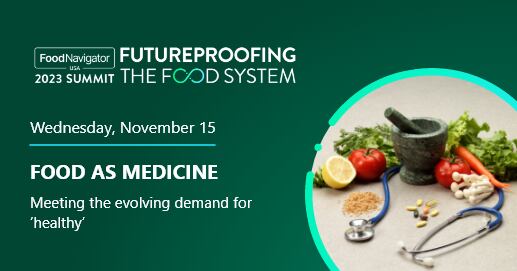Funded by the USDA, CACFP reimburses for healthy meals and snacks to eligible children and adults at participating childcare centers, daycare homes and adult day care centers. Similar to the UDSDA-funded National School Lunch Program which provides meals for children in kindergarten through high school, CACFP is for children age five and below.
According to lead researcher Dr. Tatiana Andreyeva, director of economic initiatives at the UConn Rudd Center for Food Policy and Health, establishing healthy eating pattern in this age group is critical in reducing diet-related illnesses, saying that “We are really behind.”
For childcare centers that rely on tuition, parents typically provide their children meals that heated up and served, but not cooked, on site—but Andreyeva found from additional studies that the nutritional quality is low, emphasizing the role CACFP can play in improving children’s health by aligning with current nutrition standards.
“We did several studies to show that the nutritional quality of CACFP-participating programs is higher compared to what parents send. There’s no question that CACFP gives additional funding because of nutrition standards, the program requires we have better food for our kids,” she elaborated.
CACFP requires more complicated processes despite being a federally funded food assistance program
For the study, Andreyeva and her team reviewed administrative data from CACFP and childcare licensing agencies in 47 states and D.C. The research found that 36.5% of the 93,227 licensed childcare centers across the country participate in CACFP. Low-income areas saw relatively high participation (57.5%), but these numbers should be higher, given that kids and providers in these areas would be eligible.
Within low-income areas, Andreyeva cited several barriers to CACFP participation, including low awareness of the program from the providers, heavy paperwork which vary state by state and the cost of meal reimbursements.
“In some states, there’s not enough money to cover the cost of feeding a child in childcare. You have to prepare the meal, serve the meal and clean up,” she explained.
Further, most childcare programs are small businesses, underscoring the additional strain in funding and awareness compared to the National School Lunch Program.
“Parents don’t know about it, childcare providers don’t know about it … so there’s not a lot of attention and funding going to this age group,” Andreyeva added.
The National School Lunch Program also includes the Community Eligibility Provision, which provides meals for schools in high poverty areas without collecting household income data and eliminating the need for paperwork.
“In high poverty areas, we have schools providing free meals to everybody irrespective of their income. Why don’t we have a childcare center like that next door?”
For childcare centers to participate in CACFP, they must collect household income eligibility forms. Yet, many families are unwilling to share their income information, underscoring a lack of consistency between the two federally funded programs.
“We don’t have this Community Eligibility Program for CACFP. So as a result, childcare centers have to go through this burden … and collect these forms from families. In many states, they cannot even do it online,” she added.
She continued, “So a child turns five, goes to school, gets a free meal without demonstrating their household income, but from zero to five, they cannot get that meal, or the family has to go through a longer process, while the childcare provider has to do a lot more paperwork.”
Andreyeva reiterates that both the National School Lunch Program and CACFP are federally funded food assistance programs, but receive different treatment, most notably with the former’s use of the Community Eligibility Program.
“So we know this is a high poverty area … we have childcare centers that want to participate … and can provide nutritious meals that meet nutrition standards, why do they have to go through this additional paperwork?” she elaborated.
The issue is exacerbated further when it comes to a childcare centers’ tax status. For-profit childcare centers must have at least 25% of children from low-income families to participate, whereas nonprofit centers do not have a minimum requirement.
“So if a for-profit center … feeds children for a whole month and then one child drops out, they might not get any funding at all,” she noted.
States can still help improve CACFP awareness and access
The study also found that CACFP participation varied significantly between states, ranging from 15.2% to 65.3%, citing the need for more work at the state level to expand the program’s resources.
While change to these programs, including the Community Eligibility Provision, must be done at the federal level, Andreyeva encourages states to inform new and existing licensed childcare centers and guide them through the process of CACFP participation, while meeting the “bare minimum” of federal requirements to reduce barriers to participation.
“It’s going back to what state agencies want to do and what they have funding to do. Some of them have more resources than others … but at least there are ways to do it. Some state agencies have told us that they have done everything to minimize the paperwork. And some states require extra paperwork or the process is more complicated—but I would say it’s [important] to just have more attention to the program,” she emphasized.




